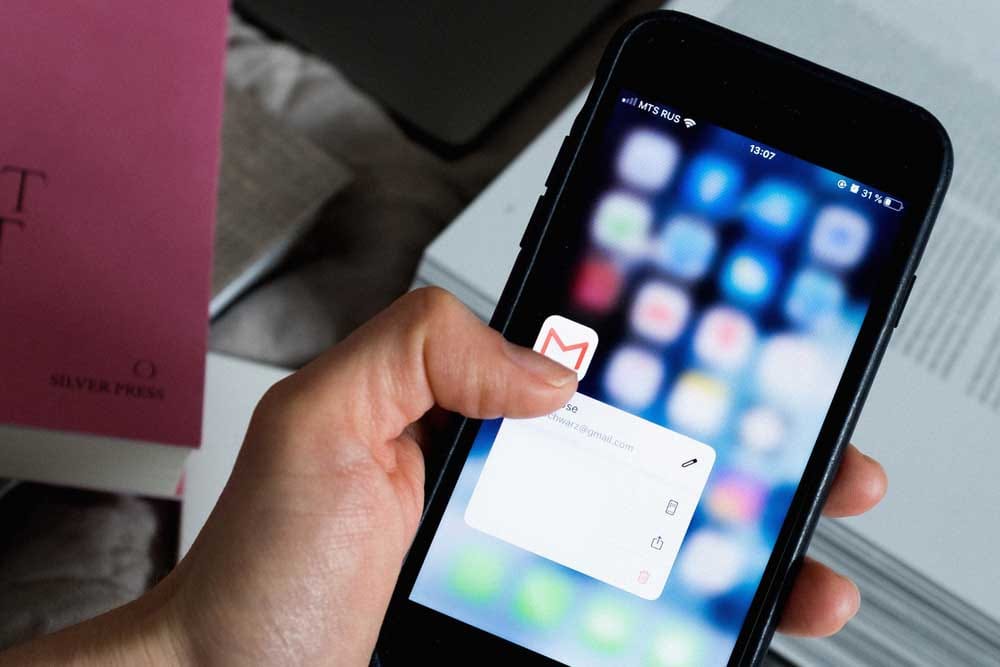There's no denying that writing cold emails can be difficult. Whether you're reaching out to potential customers or trying to network with industry contacts, it can be tough to get your message across without sounding sales-y or like you're just trying to get something for free.
But the truth is, cold emailing can be an extremely effective way to build relationships and grow your business. It's a great way to reach out to people you wouldn't otherwise have access to, and it allows you to make a good impression from the beginning.

Tips For Writing Cold Emails: The Basics
One of the reasons writing cold emails can be so challenging is that we often don't know where to begin. What do you say? How do you make sure you don't sound like a salesperson? How do you keep your email from getting lost in the shuffle?
Here are a few tips to get you started:
- If possible, start with a personal connection. If you have a mutual friend or connection, mention it at the beginning of your email. This will immediately make your email more personable and increase the chances that the recipient will read it.
- Get to the point. Your email should have a clear purpose. Whether trying to sell a product or introduce yourself, make sure your intentions are clear from the start. The last thing you want is your email to get lost in the shuffle because the recipient couldn't figure out what you were trying to say.
- Keep it short. Nobody likes to read long-winded (sales) emails, so make sure you get to the point quickly. The shorter your email, the more likely the recipient will read it and respond.
- Follow up. If you don't hear back from the person you're emailing, follow up a few days later. A polite reminder can go a long way, showing that you're genuinely interested in building a relationship.
- Personalize your emails. A generic email will almost always get deleted without being read. Take the time to personalize each email you send, and you'll be more likely to get a response.
Cold emailing can be a great way to build relationships and grow your business, but only if it's done right. By following these simple tips, you'll be on your way to writing cold emails that actually get read and, more importantly, get replies.
Optimize Your Outreach: Write A Cold Email That Gets Responses
Still dreading sending out cold emails? You're not alone. With a few more tweaks, you can make your cold optimize outreach and increase the likelihood of getting responses.
Carefully Choose Your Audience
Your cold email campaign is only as good as the audience you send it to. If you're reaching out to people who are not interested in what you're offering or are not a good fit for your product or service, your chances of success are slim. That's why choosing the right audience is so important— it can make or break your campaign.

There are a few key factors to consider when choosing an audience for your cold email campaign:
- Make sure they're interested in what you're offering: The best way to do this is to carefully segment your email list so that you only reach out to those likely to be interested in what you have to say. For example, if you're selling software that helps businesses track their expenses, you might want to segment your list by business size. A small business might have different needs than a large corporation, so you'll want to tailor your message accordingly.
- Make sure they're a good fit for your product or service: This one is tricky. You don't want to segment your list so narrowly that you only reach a handful of people, but you also don't want to cast too wide a net and contact too many people who are not a good fit for your offering. That said, if you're selling an enterprise software solution, it's unlikely that someone just starting their business will be a good fit. Keep in mind that even if someone is interested in what you're offering and is a good fit for your product, they might not be the right decision-maker. You'll want to target those who have the authority to make a purchase.
These are just a few factors to consider when choosing your audience. Keep these in mind as you create your list and segment your contacts—the more targeted your list, the better your chances of success.
Create A Catchy Subject Line
The subject line is vital in cold emails because it's the first thing potential leads see. If it doesn't catch their attention, they will presumably just delete the email without reading it.
But if you can come up with a catchy subject line that intrigues the reader and makes them want to open the email, you've already increased your chances of getting a response. So take some time to think about what would make someone want to read your email, and then use that as your subject line.
If you want your emails read, make sure your subject line includes at least one of the following:
- Personalization: This can be as simple as adding the recipient’s first name or company name.
- Promise: You’re offering the recipient something they want or need.
- Urgency: Indicate that time is of the essence.
- Humor: A little laughter can go a long way in building rapport.
- Praise: Compliment the recipient on something specific.
Include Social Proof
Social proof is a psychological phenomenon that occurs when people are uncertain about a situation and refer to the actions of others to help them make a decision. In other words, people are more likely to do something if they see that others have done it too.
Including social proof in your email can take many forms. You could use customer testimonials, celebrity endorsements, or mention that one of their colleagues has already agreed to meet with you. Whatever you do, ensure that the social proof is genuine and relevant to the person you're reaching out to increase the chances they will respond.
Incorporate Call-To- Action
Including a CTA (call-to-action) in cold emails can help improve your reply rate. CTAs encourage the recipient of your email to take some form of action, such as clicking on a link or responding to your email. A study by Boomerang states it's most effective to phrase your CTA as a question because emails that include one or more questions elicit a 50% higher response rate.
Well-crafted CTAs get recipients to engage with your email and learn more about what you're offering. However, it's important to use CTAs sparingly and only when they are relevant to the recipient. Overusing CTAs can come across as too sales-y and dissuade recipients.
Ready To Write A Response Worthy Cold Email?
Follow the tips outlined in this blog post, and your cold emails will get responses. Just remember, you need to be sure your email is personal, relevant, and interesting enough to pique the recipient's interest. And most importantly, always be prepared to follow up if you don't hear back right away.
Let’s recap our top tips for writing cold emails:
- Personalize the message
- Include a CTA.
- Target specific individuals or companies rather than sending out mass messages.
- test different subject lines
- Keep it concise, clear, and easy to read.
By following these tips, you'll be on your way to writing cold emails that actually get responses.





